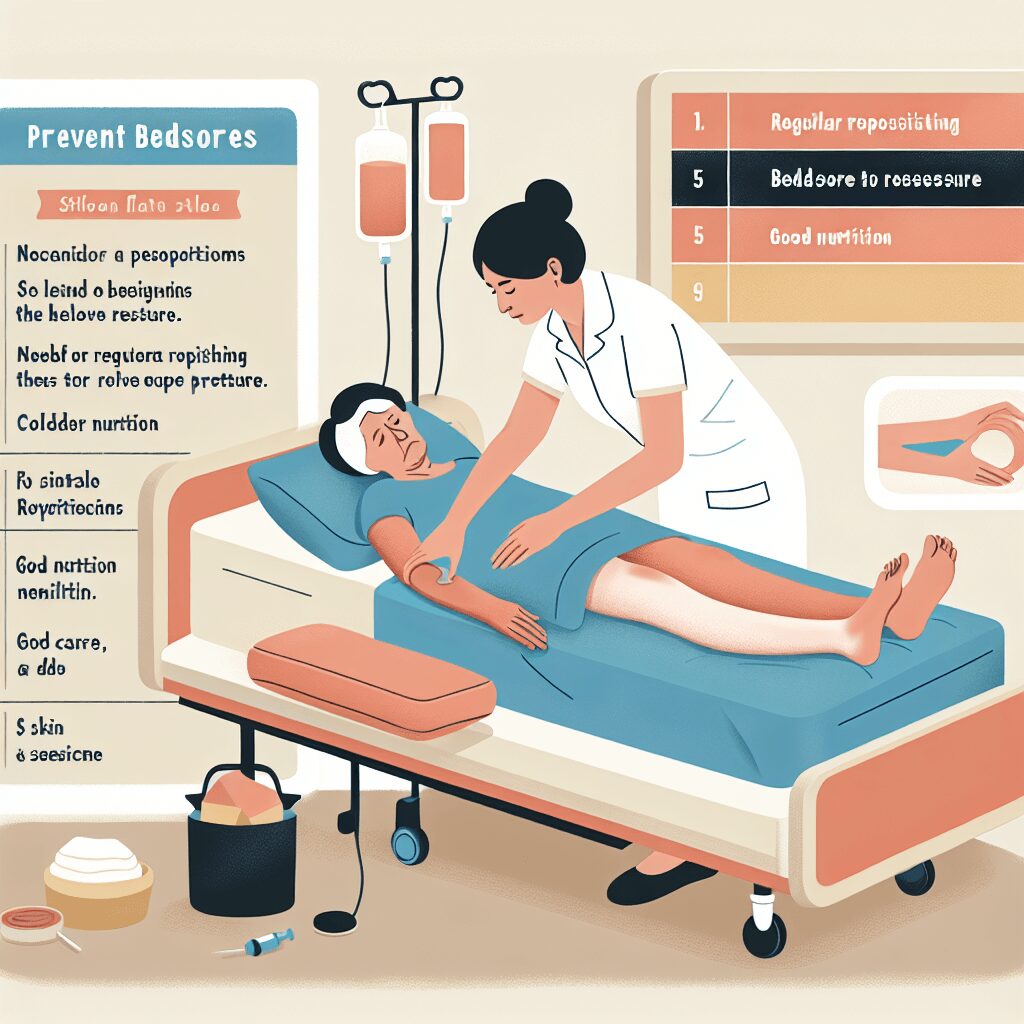Pediatric occupational therapy helps children develop important skills. Therapists work with parents and use activities to reach the child’s goals. They focus on motor, behavior, function, and cognitive abilities. Tailored interventions are key to meeting each child’s specific needs. Evidence-based practice and diverse therapy models are crucial in promoting children’s daily participation and overall health.
Overview of Pediatric Occupational Therapy Approaches
Pediatric Occupational Therapy Specialisms
Pediatric occupational therapy has different specialisms. They include play-based interventions, sensory approaches, and skills training.
These specialisms shape how therapists work with children. They focus on specific skills and needs for each child. For example, sensory integration, motor skills, and social participation are key areas of focus.
Therapists create personalized plans to help children overcome challenges. This can improve daily activities, self-care, and interactions with others.
Using play, coaching, and technology, therapists make therapy engaging. This supports children’s health, well-being, and success in tasks.
Including parents in the process and focusing on the family improves a child’s overall participation and quality of life.
Occupational Therapy Interventions for Children
Occupational therapy for children focuses on developing fine motor skills through play-based activities. Therapists use a developmental approach to coach skills and promote social participation.
By assessing the child’s sensory profile and coming up with treatment ideas, therapists personalize interventions to improve performance in tasks like dressing and self-care.
Parent education is crucial for long-term success, as parents play a vital role in the child’s occupational participation. Assistive technology and sensory approaches help children work on coordination and motor skills, enhancing overall health.
Play-based activities and interactions with peers help children develop self-management skills and healthy sleep routines.
Involving families in self-care routines and educating them on priorities like sleep quality contribute to the child’s success in daily activities.
Pediatric OT in Schools
Pediatric occupational therapy in schools helps children with their tasks and skills in school.
Therapists collaborate with educators to evaluate sensory profiles, motor skills, and social participation of children.
Goals include promoting health through play, improving self-care like dressing, and enhancing peer interactions.
Sensory approaches and assistive technology are used to boost children’s engagement in school.
Family-centered care is a priority with parent education on creating supportive home environments.
Therapists use strategies like the Co-Op approach to improve coordination, self-care skills, and overall well-being.
Key Areas of Focus in Pediatric Occupational Therapy Approaches
Fine Motor Skills Development
Children’s development of fine motor skills can be assessed in different ways. Some of these methods include:
-
Observing how they perform tasks like dressing or using utensils.
-
Evaluating their sensory profile to understand their sensory responses.
-
Assessing their motor skills through coordination tasks.
Pediatric occupational therapists often use play-based and sensory interventions to improve fine motor skills in children. They focus on activities that involve skill training and social engagement. Interventions can include coaching in self-care, using technology for support, and encouraging interactions with peers to boost participation.
Parents also have an important role in supporting their child’s fine motor skills. They can educate themselves on treatment ideas and get involved in their child’s development. For example, establishing routines that aid performance or implementing strategies for coordination. Family-centered care is key, as therapists and parents collaborate to prioritize the child’s needs and enhance well-being through tailored interventions.
Gross Motor Skills Enhancement
To help improve Gross Motor Skills in pediatric occupational therapy, there are several strategies that can be used:
-
Occupational therapists can use play-based interventions to engage children in activities that support skill development.
-
By providing coaching and skills training, children can practice and repeat to enhance their motor skills.
-
Activities like using a treadmill or orthotics can assist children in developing coordination and movement.
-
The CO-OP approach can improve motor skills by concentrating on task performance and participation.
-
Parent education is essential in aiding a child’s development by implementing treatment strategies and assisting with self-care routines.
-
A sensory-rich environment created through a developmental approach and sensory integration techniques can enhance motor skills.
-
Prioritizing sensory profile evaluation and using assistive technology helps children participate in functional tasks that promote well-being.
-
Emphasizing play, engagement, and family-centered care results in successful outcomes in enhancing Gross Motor Skills in pediatric clients.
Visual Perceptual Skills Improvement
Visual perceptual skills in children can be assessed using methods such as:
-
Observation of their engagement in play
-
Observation of functional tasks
Pediatric occupational therapists use evaluation tools like:
-
Sensory profile
-
Developmental approach
These tools help in understanding a child’s:
-
Sensory integration
-
Motor skills
In occupational therapy, interventions for improving visual perceptual skills include:
-
Skills training
-
Sensory approaches
-
Play-based interventions
These interventions aim to enhance a child’s:
-
Participation in daily activities
-
Performance in activities like dressing and self-care routines
Occupational therapists support children by:
-
Coaching parents on priorities like sleep routines
-
Using assistive technology such as orthotics
Improved visual perceptual skills can lead to:
-
Better peer interactions
-
Improved social participation
-
Overall better health
Through treatment tailored to their occupational profile, children learn to manage self-care routines more effectively. Occupational therapists guide children towards successful participation in activities that promote well-being and functional independence.
Social Participation Encouragement
Pediatric occupational therapy interventions aim to boost children’s social participation using various strategies. Play-based interventions and peer interactions are used to create supportive environments for children to engage with others. Coaching and skills training help children develop effective social skills for interacting with peers. Assistive technology and sensory approaches may also be used to enhance social participation.
Evaluating a child’s sensory profile and development can guide treatment ideas to improve social engagement. By focusing on social participation in tasks like dressing and self-care routines, occupational therapists improve a child’s performance in daily activities. The ultimate goal is to nurture a supportive environment that encourages social interaction and engagement, leading to enhanced social participation and overall well-being in children.
Pediatric Occupational Therapy Process
Assessment and Evaluation in Pediatric OT
Assessment and evaluation in pediatric occupational therapy focus on each child’s unique needs and abilities. By emphasizing individual interests and play-based methods, therapists can assess functional tasks like dressing and self-care.
These evaluations may include a sensory aspect to understand the child’s sensory preferences and motor skills progress. Therapists use tools like the CO-OP approach to guide children in skill building and social involvement, enhancing their daily activity engagement.
Consistent assessment is vital for monitoring progress and the effectiveness of therapy interventions. By regularly evaluating engagement and performance, therapists can adjust treatment strategies to support children’s well-being. This ongoing evaluation helps track development and informs potential changes in treatment plans or technology use.
Occupational therapists collaborate with educators and healthcare providers to ensure a comprehensive evaluation process. By incorporating input from teachers and professionals, therapists create customized intervention plans that address a child’s needs across different settings. This teamwork approach focuses on family-centered care and peer interactions, fostering successful participation in daily activities and improving outcomes in areas like sleep and self-care.
Treatment Planning and Implementation
Occupational therapists in pediatric occupational therapy evaluate the child’s sensory profile, motor skills, and developmental approach.
They may use the CO-OP approach, coaching the child in skills training and functional tasks.
Treatment ideas may include play-based interventions, sensory approaches, and assistive technology to improve the child’s participation and performance in daily activities.
During implementation, key factors to consider are the child’s initiation, coordination, and self-management in self-care routines.
Occupational therapists prioritize family-centered care, collaboration with parents, and peer interactions to enhance treatment success.
Parent education on sleep routines, dressing, and occupational participation is crucial for the child’s overall health and well-being.
By focusing on enhancing the child’s social participation and engagement through play-based interventions, occupational therapists can effectively improve the child’s occupational participation and overall quality of life.
Parent Partnership in Pediatric OT Practice
Occupational therapists can work closely with parents to help their child progress in therapy.
By involving parents in planning and implementing treatment, therapists ensure the child’s needs are met.
Parent education is crucial in empowering parents to support their child’s development beyond therapy.
This includes teaching parents how to continue therapeutic activities at home and assisting with tasks like sleep routines and self-care.
A family-centered care approach and play-based interventions can improve the child’s social participation and daily activities.
With parent education, therapists can help children develop essential skills for their overall health.
Pediatric OT Outcomes and Impact
Motor Outcomes in Pediatric Occupational Therapy
Pediatric occupational therapy interventions target specific motor skills like coordination, initiation, and self-management. This is done through play-based activities and functional tasks.
Improving these motor skills helps children perform better in school, social interactions, and self-care routines.
Occupational therapists use a developmental approach, sensory integration techniques, and assistive technology to help children develop necessary skills for daily activities.
Parent education and coaching are crucial for skill training and social participation, according to evidence-based practice guidelines.
Evaluation of a child’s sensory profile and motor abilities guides treatment priorities. Play-based interventions, peer interactions, and family-centered care are essential for improving motor coordination and self-care routines.
Pediatric occupational therapists use various treatment approaches, including the CO-OP approach, Triple P, and CANMOP. They also use interventions like treadmill training and orthotics to enhance children’s motor skills and coordination, promoting better health and well-being in daily life.
Behavioral Outcomes of Pediatric OT Interventions
Pediatric occupational therapy interventions are crucial for improving behavioral outcomes in children.
Occupational therapists use play-based activities to work on skills training, social participation, and coaching to encourage positive behaviors.
By involving children in tasks like play, dressing, and self-care, therapists can identify and address specific challenges to enhance behavioral performance.
Strategies like sensory approaches, assistive technology, and parent education are vital in these interventions to boost engagement and foster positive changes.
These interventions not only target behavior but also enhance a child’s overall participation in daily activities.
Occupational therapists focus on creating a supportive environment, prioritizing sensory profiles, and developing motor skills to improve children’s coordination, self-management, and self-care abilities.
Using evidence-based practices like the CO-OP approach, Triple P, and the CanMOP model, therapists can tailor treatments to each child’s needs for better health, well-being, and occupational success in children and youth.
Benefits of In-Home Pediatric Occupational Therapy
In-home pediatric occupational therapy leverages the comfort of the home environment, making children more likely to engage and cooperate. This familiar setting allows for practical skill development using everyday items and routines, such as practicing self-care activities like dressing and grooming where they are naturally performed.
Parents and caregivers can directly observe and participate in therapy sessions, gaining insights and learning strategies to support their child’s development throughout the day. This hands-on involvement ensures consistent reinforcement of therapeutic techniques, enhancing the child’s progress outside of scheduled sessions.
In-home therapy provides highly personalized and flexible therapy plans tailored to each child’s unique needs. Therapists can assess the child’s living environment to identify specific challenges and opportunities for intervention, integrating practical and goal-oriented activities.
Greater scheduling flexibility accommodates family routines, reducing the stress of traveling to appointments. This is especially beneficial for families with multiple children or those in areas with limited access to therapy services, ensuring children can maintain their daily routines and regular activities.
Working within the child’s natural environment enhances the relevance and applicability of therapy. Therapists can recommend home modifications to facilitate independence and safety, while contextual learning helps children apply skills to real-life situations, promoting greater independence and functional competence.
FAQ
What is the Sensory Integration Approach in pediatric occupational therapy?
The Sensory Integration Approach in pediatric occupational therapy is a treatment method focusing on helping children process and respond to sensory information. This includes engaging in activities that stimulate different senses, such as swinging, bouncing on a therapy ball, or playing with textured materials.
Can you explain the Handwriting Without Tears Approach used in pediatric occupational therapy?
The Handwriting Without Tears approach in pediatric occupational therapy focuses on teaching letter formation through multi-sensory activities like using playdough, chalkboards, and music. It also emphasizes breaking down letters into simple shapes to make learning easier for children.
What role does the DIR/Floortime Approach play in pediatric occupational therapy?
The DIR/Floortime Approach helps pediatric occupational therapists support children’s emotional and cognitive development through engaging interactions and activities. Therapists use this approach to address sensory processing challenges, improve social communication skills, and promote overall development in children through play-based interventions.
How is the CO-OP (Cognitive Orientation to Daily Occupational Performance) Approach applied in pediatric occupational therapy?
The CO-OP approach in pediatric occupational therapy is applied by guiding children to set goals, problem-solve through tasks, and use cognitive strategies to improve performance. For example, a child with handwriting difficulties may set a goal to write more neatly and use strategies such as visualizing letters before writing.
What is the Astronaut Training Approach, and how is it used in pediatric occupational therapy?
The Astronaut Training Approach is utilized in pediatric occupational therapy to address sensory processing issues. It involves activities that simulate the sensations experienced in space to help children regulate their sensory systems. For example, using weighted blankets or swings to provide deep pressure input.
Explore the specialized world of pediatric occupational therapy with ABET Life Home Health & Caregiving. Our in-home services focus on tailored therapeutic approaches to help children develop essential skills, enhance their independence, and improve their quality of life. Contact us today to learn more about our compassionate, expert care and how we can support your child’s unique developmental needs.








